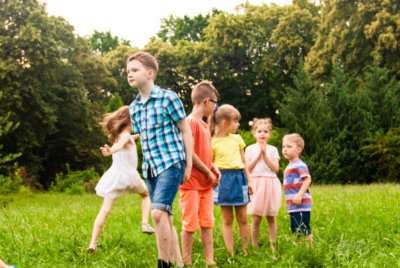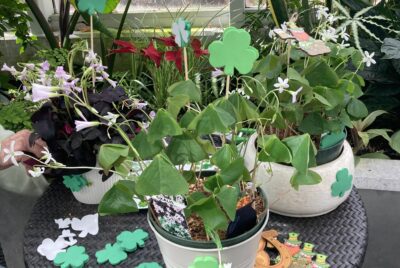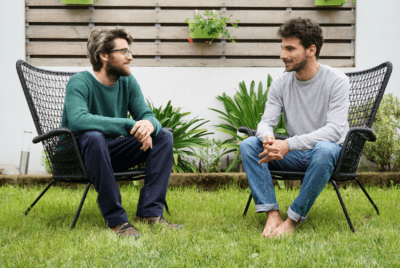RESEARCH
Healing Gardens for Cancer Populations
Summary
This article highlights how gardens can be designed to support people affected by cancer—patients, caregivers, families, and even healthcare staff. The authors describe several real-life healing gardens across North America that include both active features (like horticultural therapy and yoga) and quiet, peaceful areas (like sensory gardens and meditation spaces). These gardens are thoughtfully built with flexible seating, non-glare tables, water features, and shaded areas to make them comfortable for people who may be dealing with fatigue, reduced mobility, or emotional stress. Whether placed in hospitals, homes, botanic gardens, or camps, these green spaces aim to help people feel calmer, more hopeful, and more in control during a very difficult time.
Each garden is unique, but all share a belief that nature can support healing. For example, The Gathering Place in Ohio uses raised beds and meditation zones, while Cape Breton’s hospital garden in Canada offers water sounds and private nooks for reflection. Dana-Farber’s indoor garden in Boston provides a plant-free view for patients with immune challenges, and the Hope in Bloom program creates flower gardens at people’s homes. These examples show how gardens—large or small—can reduce stress, lift mood, and bring people together through shared experiences in nature.







